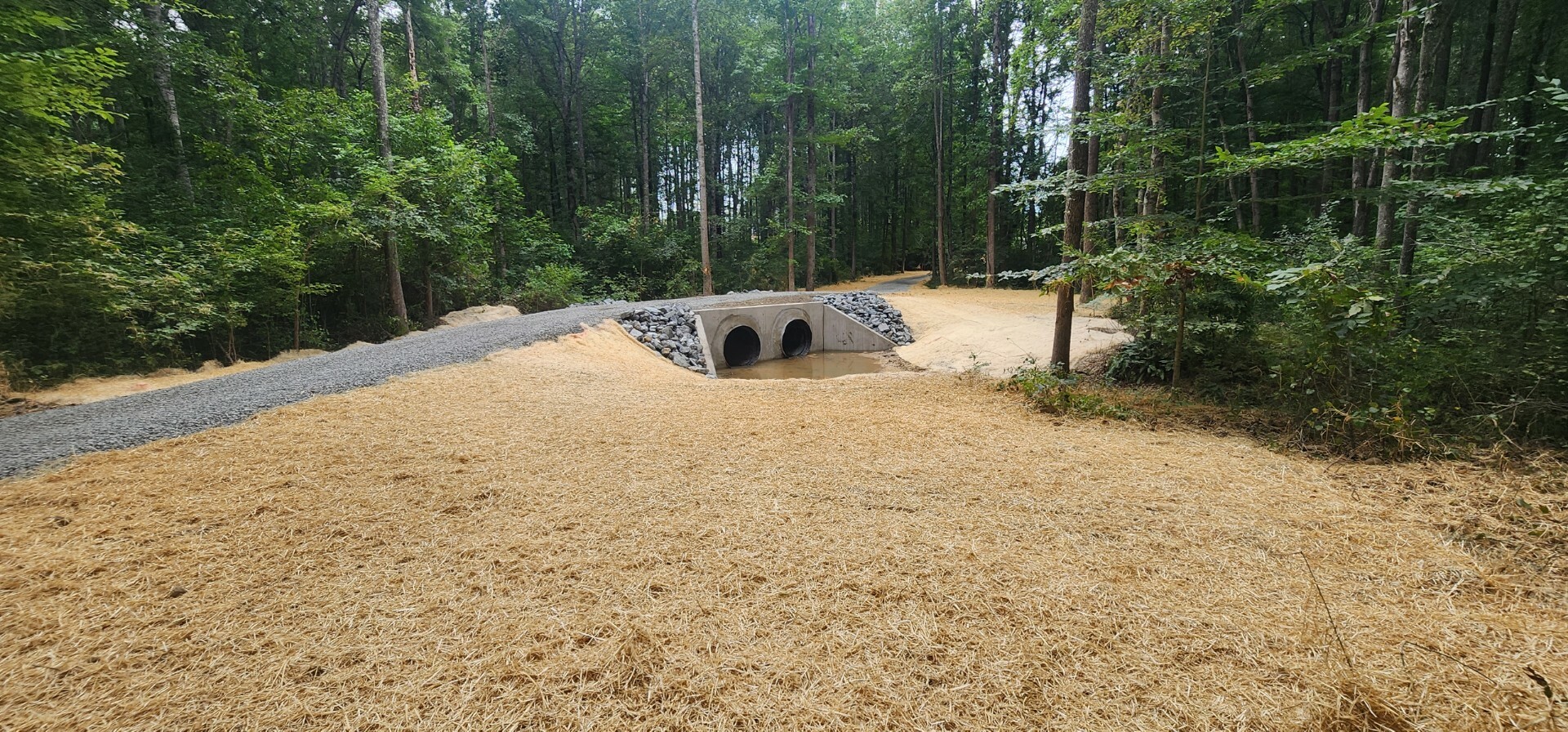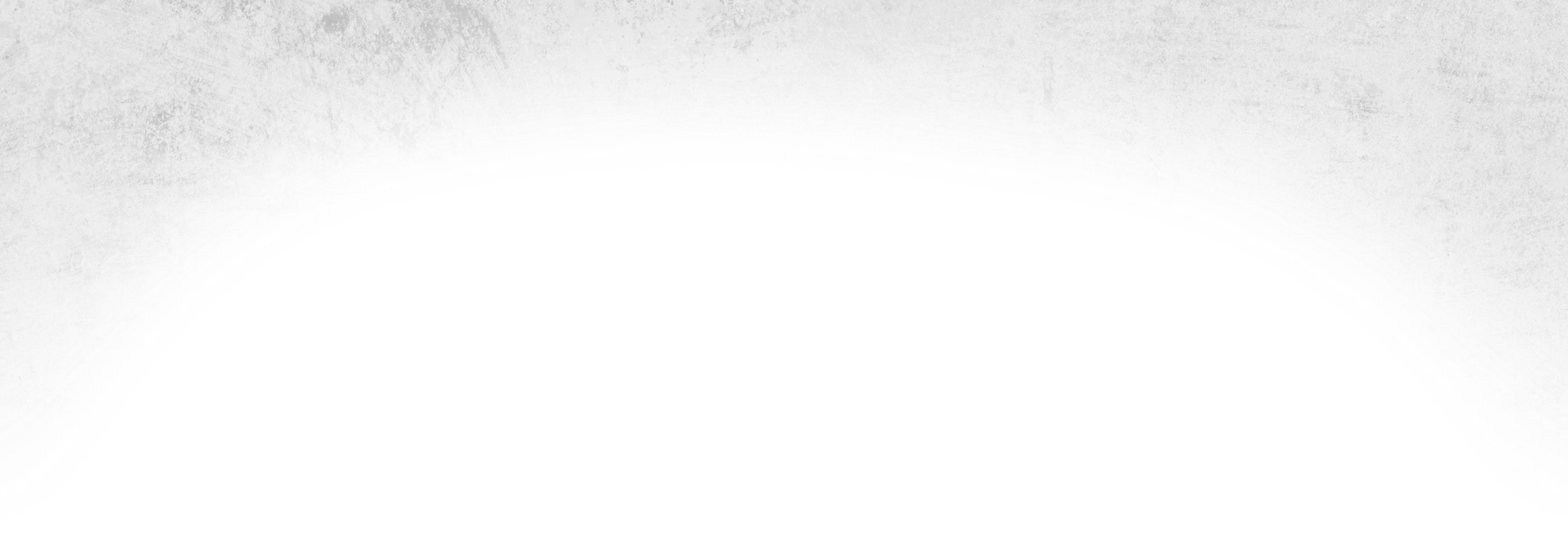September 10, 2025

Installing culvert pipes may seem simple, but weather can greatly affect the process. From heavy rainfall to freezing temperatures, planning carefully is essential to ensure safety, efficiency, and long-lasting results.
Culvert pipes control water flow under roads, driveways, and embankments. If they are installed incorrectly, it can lead to erosion, flooding, or structural damage. Proper placement, grading, and bedding materials are crucial, no matter what the weather is like.
Weather conditions can delay or complicate culvert installation. Heavy rain can flood trenches, wash away bedding materials, and make the site unsafe. Snow and ice can freeze the ground, making excavation difficult and hiding the proper pipe alignment. Extreme temperatures can cause materials like metal or plastic to expand or contract, affecting their fit and performance. Planning ahead and monitoring the forecast is key.
Before installing a culvert, it is important to grade the site correctly so water flows smoothly. Stabilizing the surrounding soil with gravel or other materials helps prevent washouts. Removing debris and vegetation from the site ensures nothing obstructs the installation process.
Weather can affect material performance. Concrete culverts are durable in most climates but may crack if poured in freezing temperatures without precautions. Corrugated metal is flexible and resistant to freeze-thaw cycles but may corrode in wet conditions. High-density polyethylene (HDPE) pipes are lightweight, resistant to corrosion, and perform well in wet environments, but they must be properly secured to avoid shifting.
Whenever possible, schedule installation during dry weather. Use temporary barriers to divert water from the trench. Ensure proper bedding and backfill to prevent settling or shifting. After installation, monitor the site for erosion or pipe displacement, especially during heavy rain.
Weather continues to affect culverts after installation. Regular inspections are necessary to remove debris, check for erosion around the pipe ends, and address any shifting or water pooling. Timely maintenance extends the lifespan of the culvert and prevents costly repair.
Weather changes can create challenges when installing culvert pipes, but careful planning, the right materials, and proper site preparation can overcome these obstacles. A well-installed culvert protects infrastructure, prevents erosion, and ensures reliable water flow, no matter the conditions.

